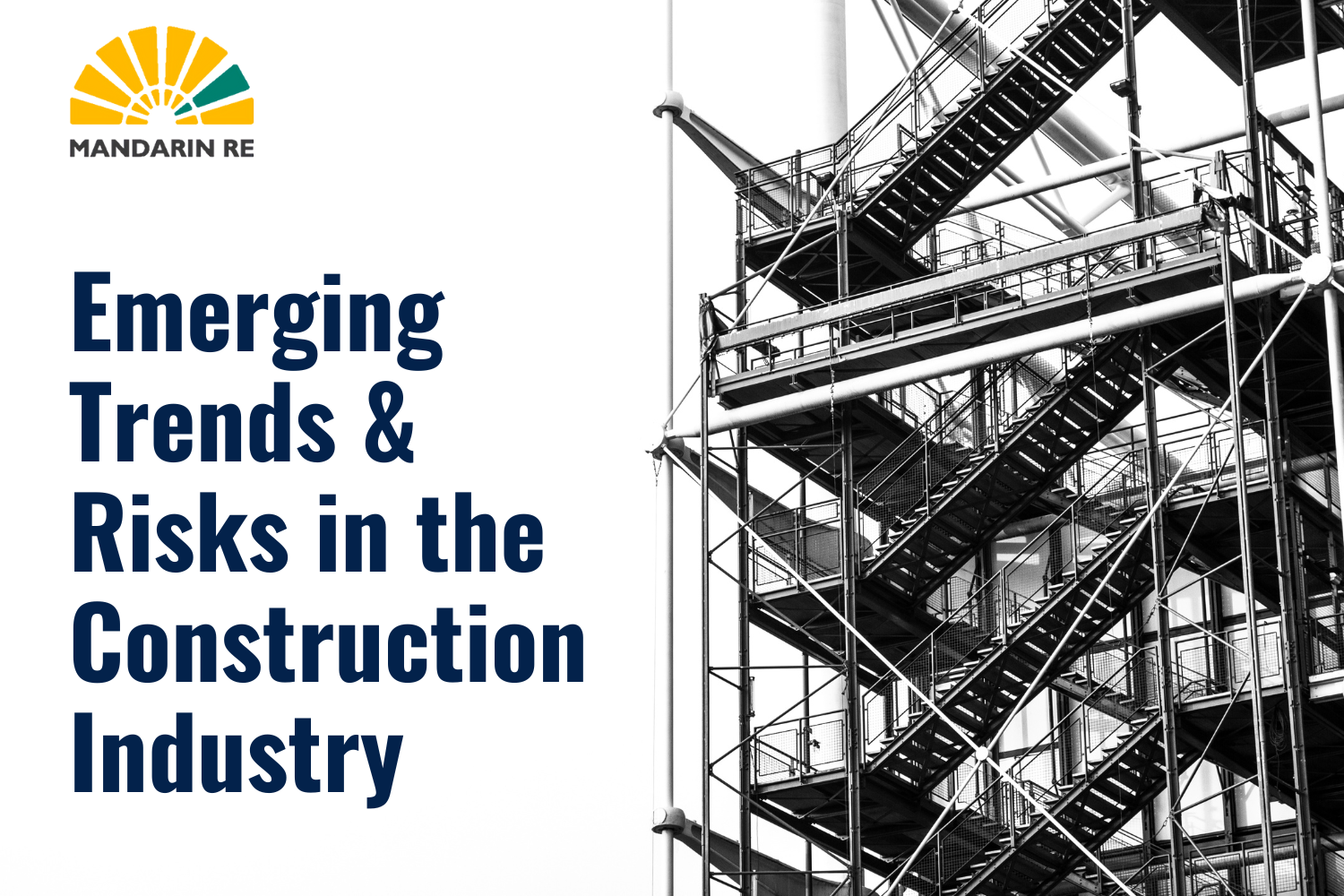According to a recent report from Marsh and Oxford Economics, the global construction industry is forecast to grow 42% to $15 trillion by 2030.[1] Meanwhile, the construction markets in ASEAN is expected to grow at 7.5% next year, with market observers projecting that the construction industry in Asia Pacific could reach $313 billion by 2024.[2]
The construction industry is expected to be a major driver of economic growth in the coming decade, outperforming manufacturing and services. Emerging trends that will have a direct impact on the dynamics of the construction industry include population growth and urbanisation, climate change, increase demand for green construction to reduce carbon footprint as well as rapid increase in investments in renewable power generation capacity.
As the impact of climate change continues to escalate, more industries are experiencing substantial challenges to successful business operation. For the construction industry, climate change poses both a challenge and opportunities. The construction risk landscape will be affected by climate change adoption and mitigation as well as by the move to more sustainable buildings and infrastructure. The rising sea levels and increase risk of flooding due to global warming will require new coastal and flood defences. Commercial buildings and plants as well as ageing infrastructure will need to be upgraded to cope with extreme weather events that are becoming more frequent and intense.
The construction industry is also expected to improve their carbon footprint as the direct result of greater focus on sustainability and net zero focus. According to the UN Environment Programme, buildings and construction industry accounts for 38% of all energy-related carbon dioxide emissions,[3] which is equivalent to 14 giga tonnes of greenhouse gas emissions every year.[4] This needs to be reduced by half by 2030 and to zero by 2050 to achieve the goals of the 2015 Paris Agreement. In order to cut carbon emissions, existing buildings will need to be refurbished and repurposed. In addition, the transition to a net zero economy requires new materials and construction methods, which may invite an increased risk of defects or create unexpected safety, environmental or health consequences.
The transition to a low carbon economy will also require significant investment in alternative forms of energy; such as wind, solar and hydrogen, as well as power storage, transmission and supporting services. According to the International Energy Agency (IEA), pursuing net zero would create a market for wind turbines, solarpanels, lithium-ion batteries, electrolyzers and fuel cells of well over $1 trillion a year by 2050.[5] Hence, growth in renewable energy presents many opportunities for the construction industry.
The long-term growth in the construction market will bring new challenges and an increase need to transfer emerging risks into insurance programmes given that risk exposures faced by the construction industry can cause costly project delays and incur liabilities. So how can businesses take precautions against such risks?
At Mandarin Re, we provide Construction All Risks insurance to protect you against all risks that may arise during construction.
Want to learn more about Construction All Risks insurance?
Contact us today at info@mandarinre.com or +603 9212 7273.

